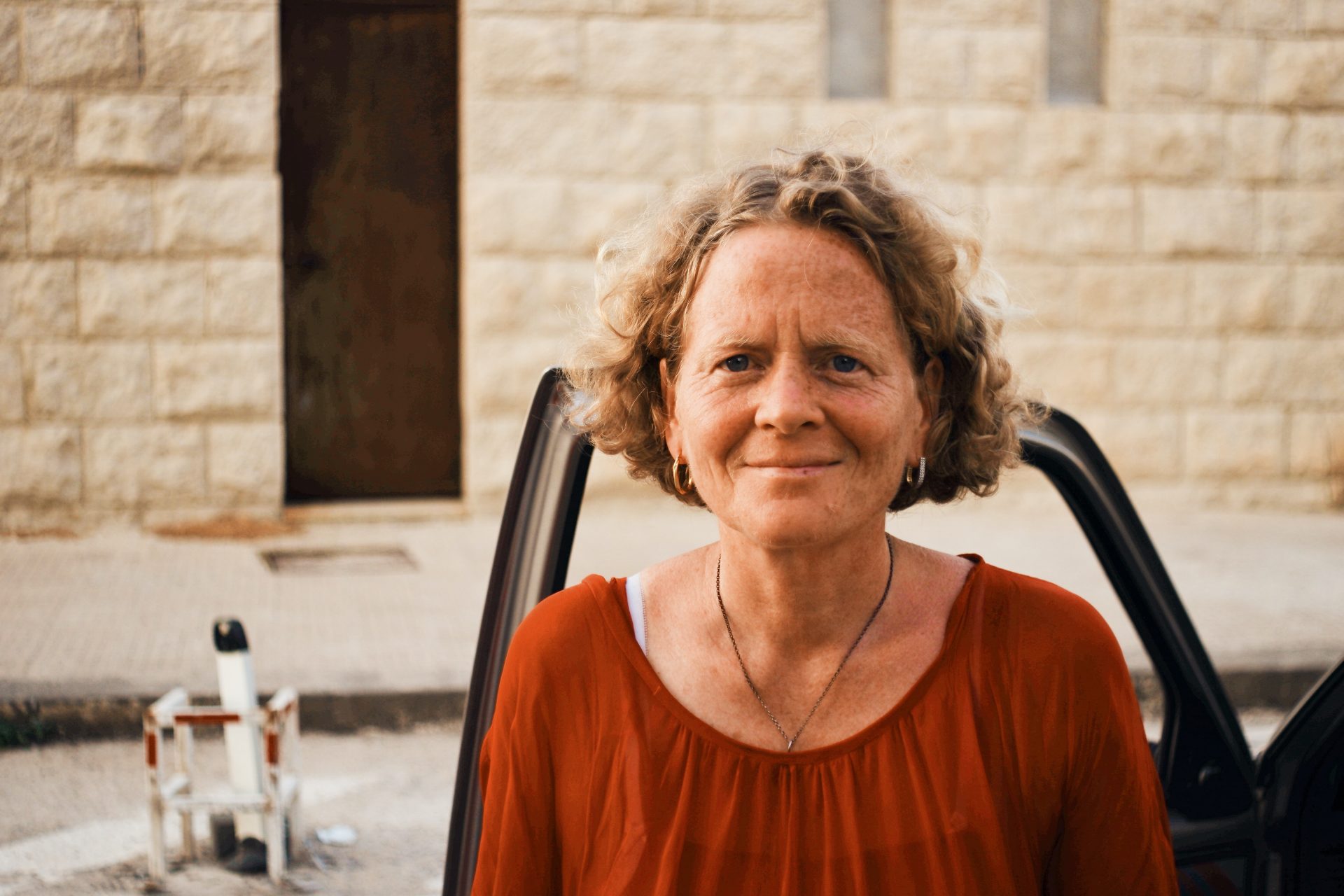- Health systems play a key role in preventing, and responding to, violence against women (VAW)
- There are evident gaps in care for women experiencing violence
- A comprehensive and multi-sectoral approach is vital
Health systems have an important role in the prevention and response to VAW, but practices and interventions within need to be strengthened to address the gaps in care for women experiencing violence. The evidence around how to accomplish this is sparse, but existing research suggests a comprehensive approach is needed to revamp health systems and healthcare provider training in order to provide a multi-sectoral response to women who have experienced sexual violence. In this paper, you’ll find practices that, if implemented, could enable providers in the health systems to address VAW and coordinate efforts to better support women.

A visible healthcare response will not only encourage disclosure of violence against women to clinicians, but can convey a message to society as a whole that this violence is unacceptable.
It should also engage the community and women’s organisations in order to enable access to prevention and response services often restricted to women due to lack of knowledge.
Best practices on how to execute GBV policy are still developing, particularly in LMICs, but it is essential that VAW receives abundant financing in health systems, efforts are context-dependent, and that violence is seen as a public health issue, not merely a social-justice one.
Healthcare workers must be equipped to empathetically and safely ask women about experiences with domestic violence in order to identify the issue. Thus, they should be trained to provide psychological first aid and other counselling approaches and have the know-how to be able to connect women with other needed multi-sectoral resources. Furthermore, all secondary and tertiary care clinics and primary care providers should be able to connect women to safe abortions and forensic services or other needed referral services.





